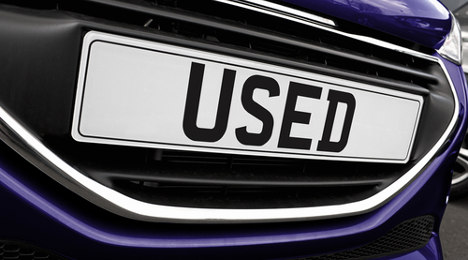$700 Premium on Non-OEM CPO Cars for Independents

By subscribing, you agree to receive communications from Auto Remarketing and our partners in accordance with our Privacy Policy. We may share your information with select partners and sponsors who may contact you about their products and services. You may unsubscribe at any time.
BANDON, Ore. –
In recent months, an independent dealer has typically generated an average premium in the neighborhood of $700 when he or she chooses to certify a car with a non-OEM program versus not certifying the vehicle at all.
That’s according to June’s Retail Automotive Summary from CNW Research, which also said that more than four-fifths of non-automaker CPO vehicles are likely to be more profitable for the independent dealer than the same non-CPO car.
“There is little question that automaker certification programs for used vehicles generally move vehicles off of the dealer lot quicker, but also at a higher price compared to the same vehicles that aren’t certified,” CNW president Art Spinella said in the report.
“But what about independent dealers and the non-OEM certification programs? Do they work? The simple answer is ‘yes,’” he added. “They cut down on the number of days a vehicles remains on the lot, and they generate higher prices than the same make and model that isn’t certified.”
In June, for example, turnover for non-certified cars on an independent dealer lot was 45.02 days. For certified vehicles, it was 33.14 days. In May, the non-CPO turnover was 44.26 days; the CPO turn was was 33.14. Numbers in the last 18 months reflect much of the same.
And the CPO premium during June was $696. While independents were fetching certified premiums of more than $600 in each month since the beginning of 2013, the June level was the highest in the 18-month data set provided by CNW.
Subscribe to Auto Remarketing to stay informed and stay ahead.
By subscribing, you agree to receive communications from Auto Remarketing and our partners in accordance with our Privacy Policy. We may share your information with select partners and sponsors who may contact you about their products and services. You may unsubscribe at any time.
Granted, the premiums that franchised dealers fetched on cars within OEM CPO programs was much higher — they ranged from the low $2,400s to more than $2,900 in the past year-and-a-half. However, Spinella advised that should be looked at with some perspective.
“Considering Independent dealers work with less pricey vehicles, the premium amount is proportionately about the same as the OEM premium for franchised dealers,” he said.
It should be noted that franchised dealers are able to cut turn times nearly in half with factory CPO program — in June, non-CPO turnover was 42.95 days, while CPO turnover was 22.81 days — while independents have typically shaved 25 percent to 35 percent off the turn time when they run certified programs, according to CNW.
But keep this in mind: if an independent dealers keeps a keen eye on what it costs to run a CPO program, the profit potential is there.
“Profitable or not?” Spinella wrote. “Depending on how closely the dealer watches certification costs, the answer is 81 percent of these CPO units generate higher net profits than that made on a non-CPO vehicle.”


